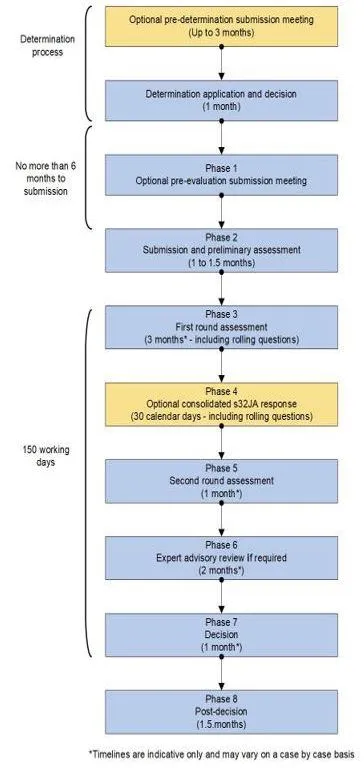We will have limited operations from 15:00 Wednesday 24 December 2025 (AEDT) until Friday 2 January 2026. Find out how to contact us during the holiday period.
Purpose
This guidance is to assist sponsors in understanding the process for submitting applications for priority inclusion of biologicals in the Australian Register of Therapeutic Goods (ARTG).
It outlines the key differences between the priority and standard biological inclusion pathways and should be read in conjunction with the user guide biologicals application form - A step-by-step guide.


